| | 
| |
"Love Letter To Sheryl Lee"
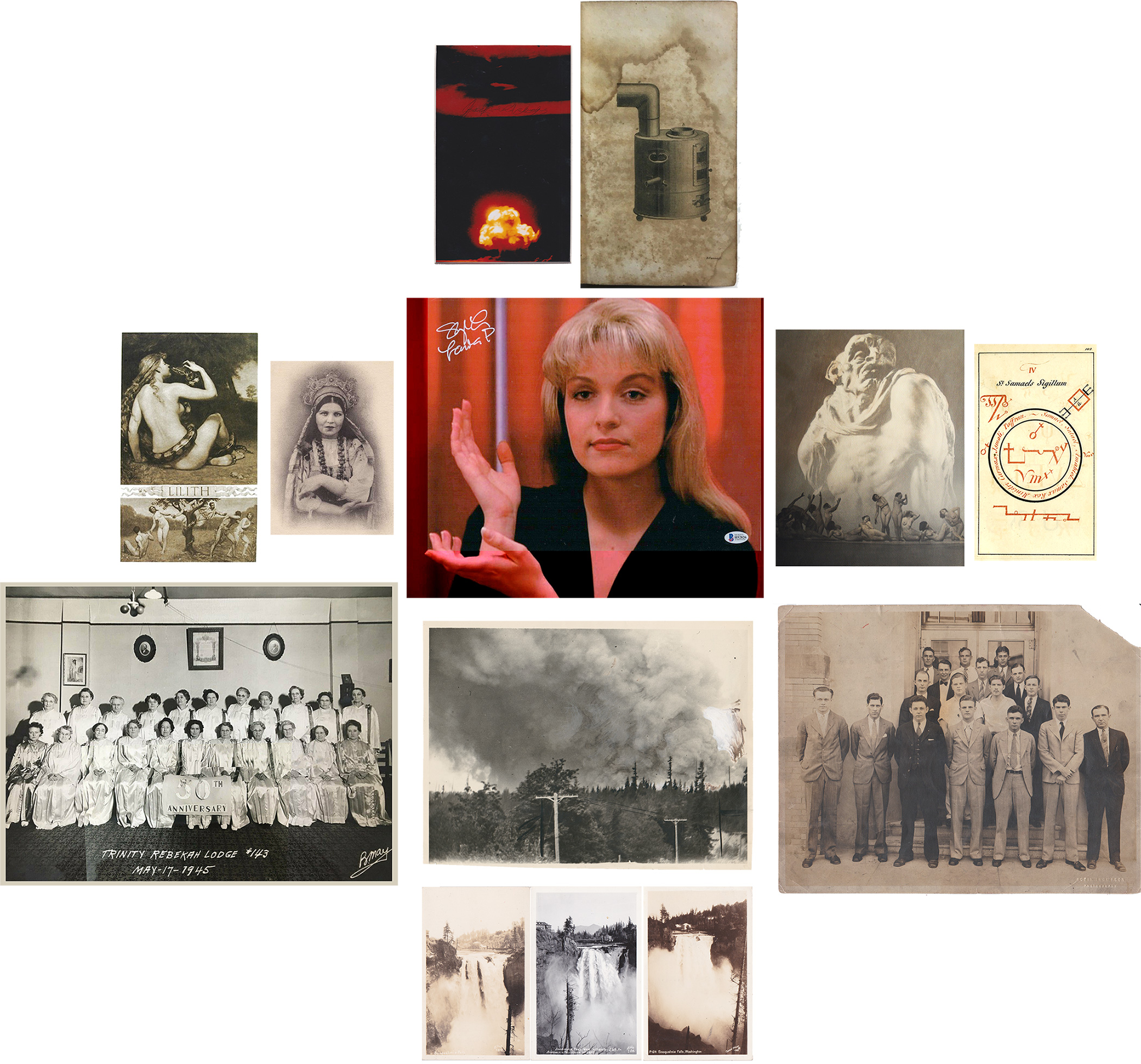


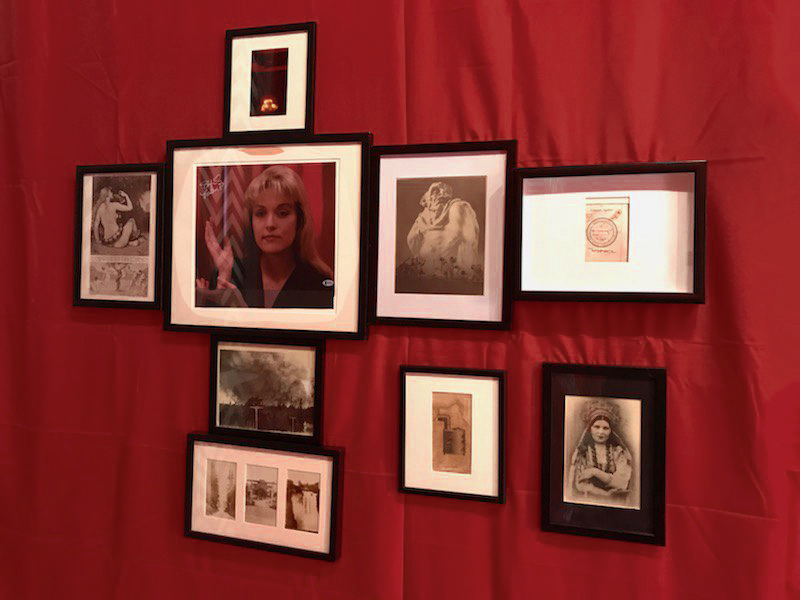 in the exhibition NO STARS a TWIN PEAKS tribute October 2019
in the exhibition NO STARS a TWIN PEAKS tribute October 2019

"Meanwhile.." Still of Sheryl Lee as Laura Palmer in the Lodge making the enigmatic hand gesture of "Meanwhile"..
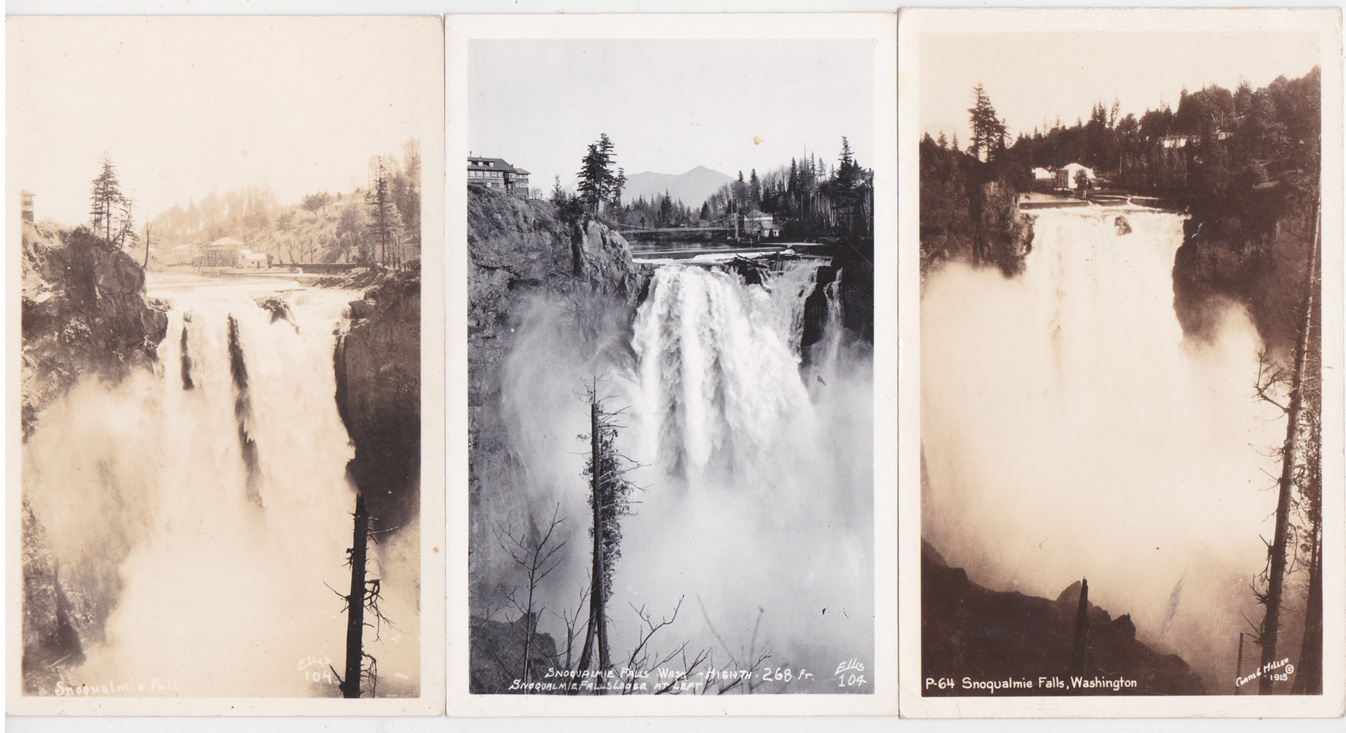

Unknown photographer, a forest fire near Snoqualmie Falls, Washington, 1922..
Also depicts electrical wires which were predominantly featured in Twin Peaks The Return.

Unknown photographer (B. May) - group portrait of members of a Rebekah's lodge, the female auxilary of the Odd Fellows Lodge,
founded in 1851. The first Rebekah Degrees were honorary awards only, conferred on wives and daughters of Odd Fellows at special
lodge meetings, and recipients were known as "Daughters of Rebekah",[63] taken from the Biblical character of Rebekah. "143" is
a well known abbreviation for "I Love You", based on the number of letters in each word. It's origins can be traced back to the
year 1894. A further affinity is found in the first word "Trinity" and the last "1945"
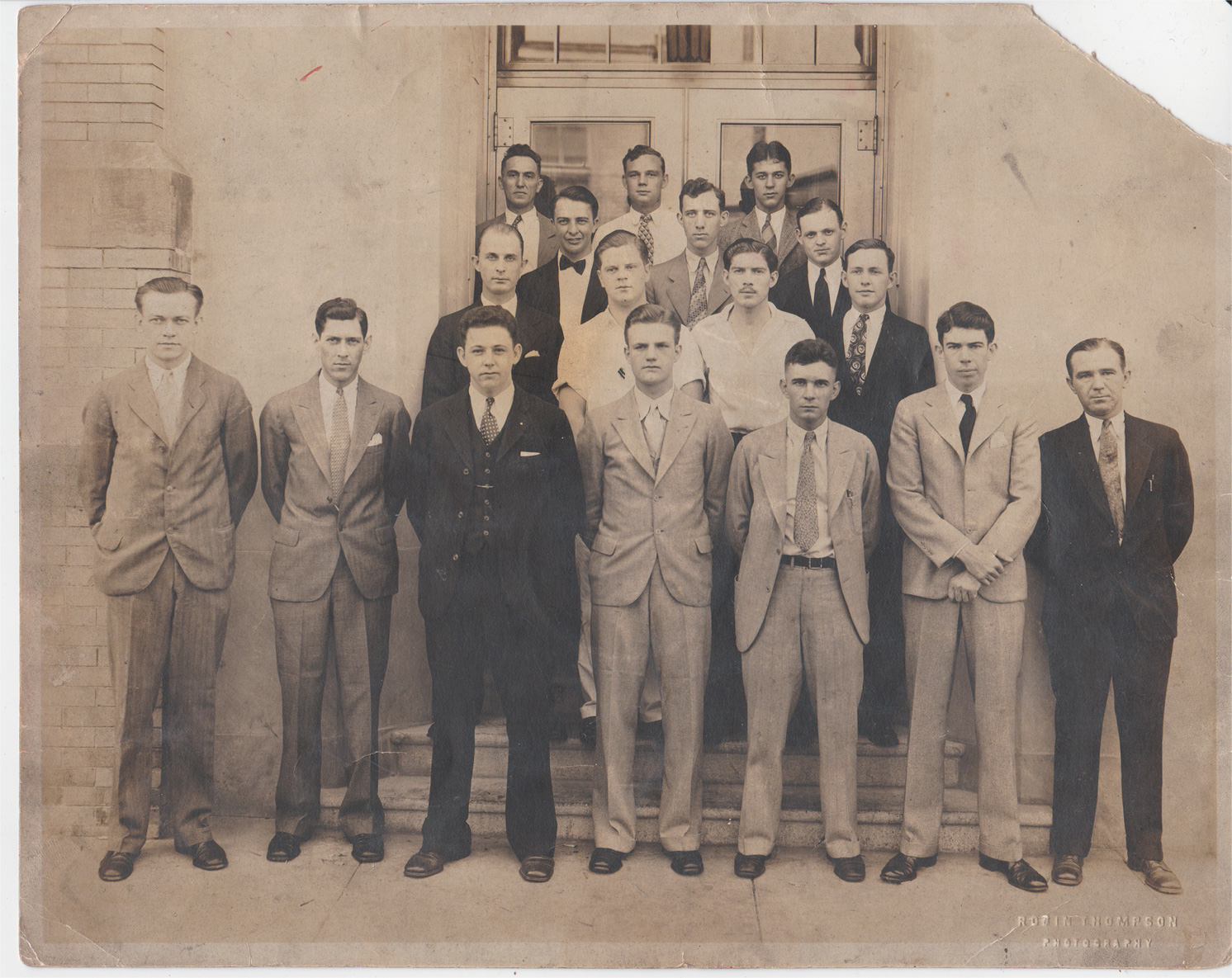
Robin Thompson Photographer - group picture of men who worked on the Trinity Project, which was the code name of the first detonation
of a nuclear device as featured in Episode 8 of Twin Peaks The Return. It was conducted by the United States Army at 5:29 a.m.
on July 16, 1945, as part of the Manhattan Project.

A 1926 untitled photograh by American photographic artist
William Mortensen which echoes the hand gesture of "Meanwhile".

LILITH by KENYON COX 1894 albertype
Lilith (/ˈlɪlɪθ/; Hebrew: לִילִית Lîlîṯ) is a figure in Jewish mythology,
developed earliest in the Babylonian Talmud (3rd to 5th century AD).
From c. AD 700–1000 onwards Lilith appears as Adam's first wife,
created at the same time (Rosh Hashanah) and from the same clay as
Adam—compare Genesis 1:27.[1] The figure of Lilith may relate in part
to a historically earlier class of female demons (lilītu) in ancient
Mesopotamian religion, found in cuneiform texts of Sumer, the Akkadian
Empire, Assyria, and Babylonia.
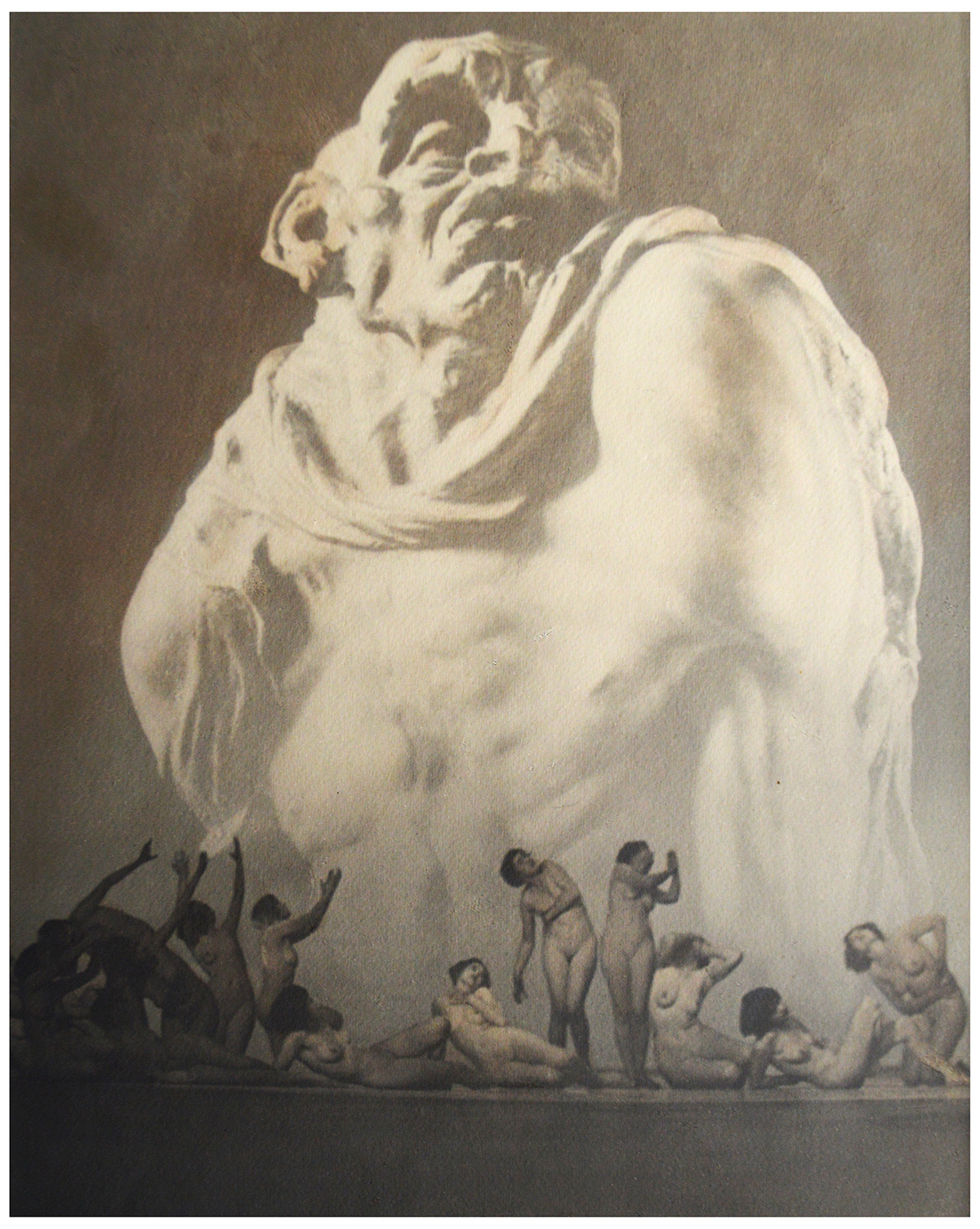 an untitled 1926 photograph by William Mortensen depicting the same nude woman and a sculpture by
Stanislav Szukalski entitled "Aesop" from 1918.
Aesop was a Greek storyteller c. 620–564 BCE.
an untitled 1926 photograph by William Mortensen depicting the same nude woman and a sculpture by
Stanislav Szukalski entitled "Aesop" from 1918.
Aesop was a Greek storyteller c. 620–564 BCE.
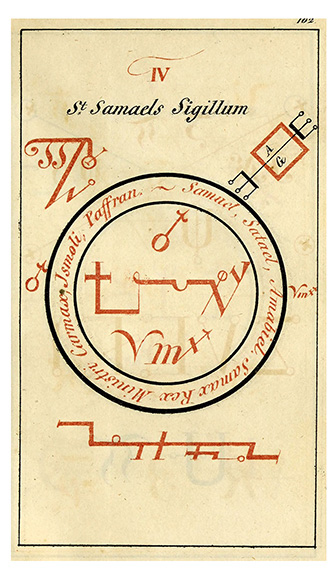 Silgil of St. Samaels from “Doktor Johannes Faust’s
Magia Naturalis et Innaturalis” published 1849
Samael (Hebrew: סַמָּאֵל Sammāʾēl, "Venom of God",
"Poison of God", or "Blindness of God"; rarely
"Smil", "Samil", or "Samiel"; Arabic: سمسمائيل
Samsama'il or سمائل Samail)is an archangel in
Talmudic and post-Talmudic lore, a figure who
is the accuser (Ha-Satan), seducer, and destroyer
(Mashhit). Although many of his functions resemble
the Christian notion of Satan, to the point of being
sometimes identified as a fallen angel,in others he is
not necessarily evil, since his functions are also
regarded as resulting in good, such as destroying
sinners. [1]
Silgil of St. Samaels from “Doktor Johannes Faust’s
Magia Naturalis et Innaturalis” published 1849
Samael (Hebrew: סַמָּאֵל Sammāʾēl, "Venom of God",
"Poison of God", or "Blindness of God"; rarely
"Smil", "Samil", or "Samiel"; Arabic: سمسمائيل
Samsama'il or سمائل Samail)is an archangel in
Talmudic and post-Talmudic lore, a figure who
is the accuser (Ha-Satan), seducer, and destroyer
(Mashhit). Although many of his functions resemble
the Christian notion of Satan, to the point of being
sometimes identified as a fallen angel,in others he is
not necessarily evil, since his functions are also
regarded as resulting in good, such as destroying
sinners. [1]
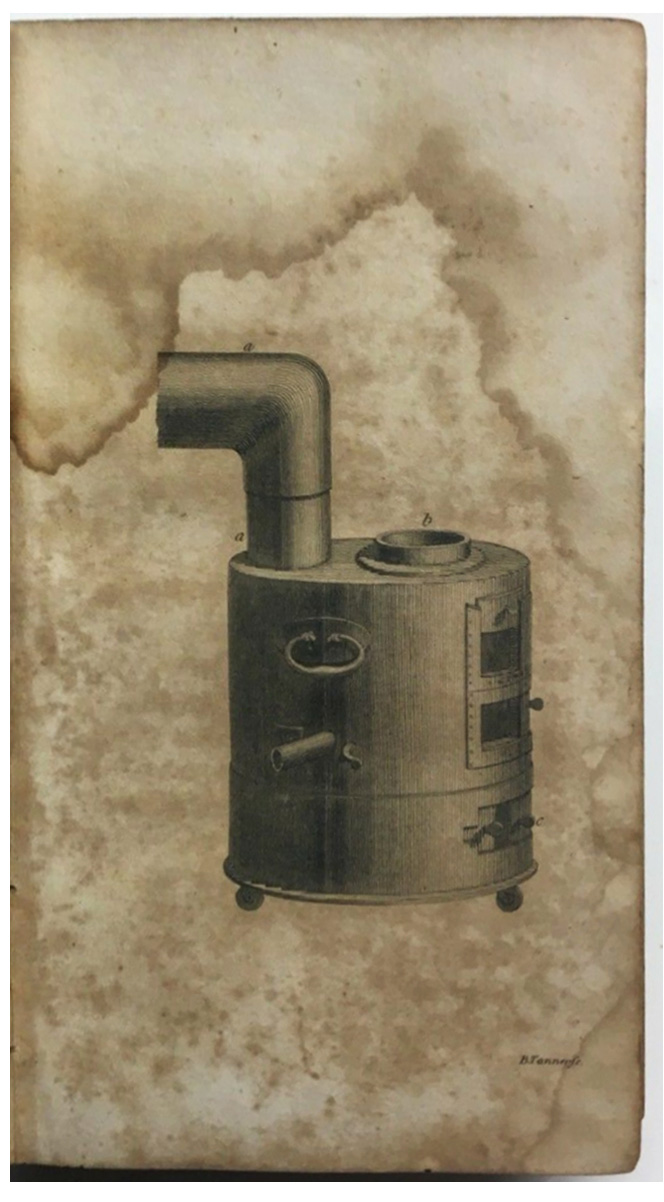 A stained page from Fredrick Accum's 1809 Alchemy book.
A stained page from Fredrick Accum's 1809 Alchemy book.
 Original signed photograph by Jack Aeby
of the Trinity Project at White Sand New Mexico July 16, 1945,
as seen in Twin Peaks The Return Episode 8.
Original signed photograph by Jack Aeby
of the Trinity Project at White Sand New Mexico July 16, 1945,
as seen in Twin Peaks The Return Episode 8.
|
| |
|

|




 in the exhibition NO STARS a TWIN PEAKS tribute October 2019
in the exhibition NO STARS a TWIN PEAKS tribute October 2019






 an untitled 1926 photograph by William Mortensen depicting the same nude woman and a sculpture by
Stanislav Szukalski entitled
an untitled 1926 photograph by William Mortensen depicting the same nude woman and a sculpture by
Stanislav Szukalski entitled  Silgil of St. Samaels from “
Silgil of St. Samaels from “ A stained page from Fredrick Accum's 1809 Alchemy book.
A stained page from Fredrick Accum's 1809 Alchemy book.
 Original signed photograph by Jack Aeby
of the Trinity Project at White Sand New Mexico July 16, 1945,
as seen in
Original signed photograph by Jack Aeby
of the Trinity Project at White Sand New Mexico July 16, 1945,
as seen in